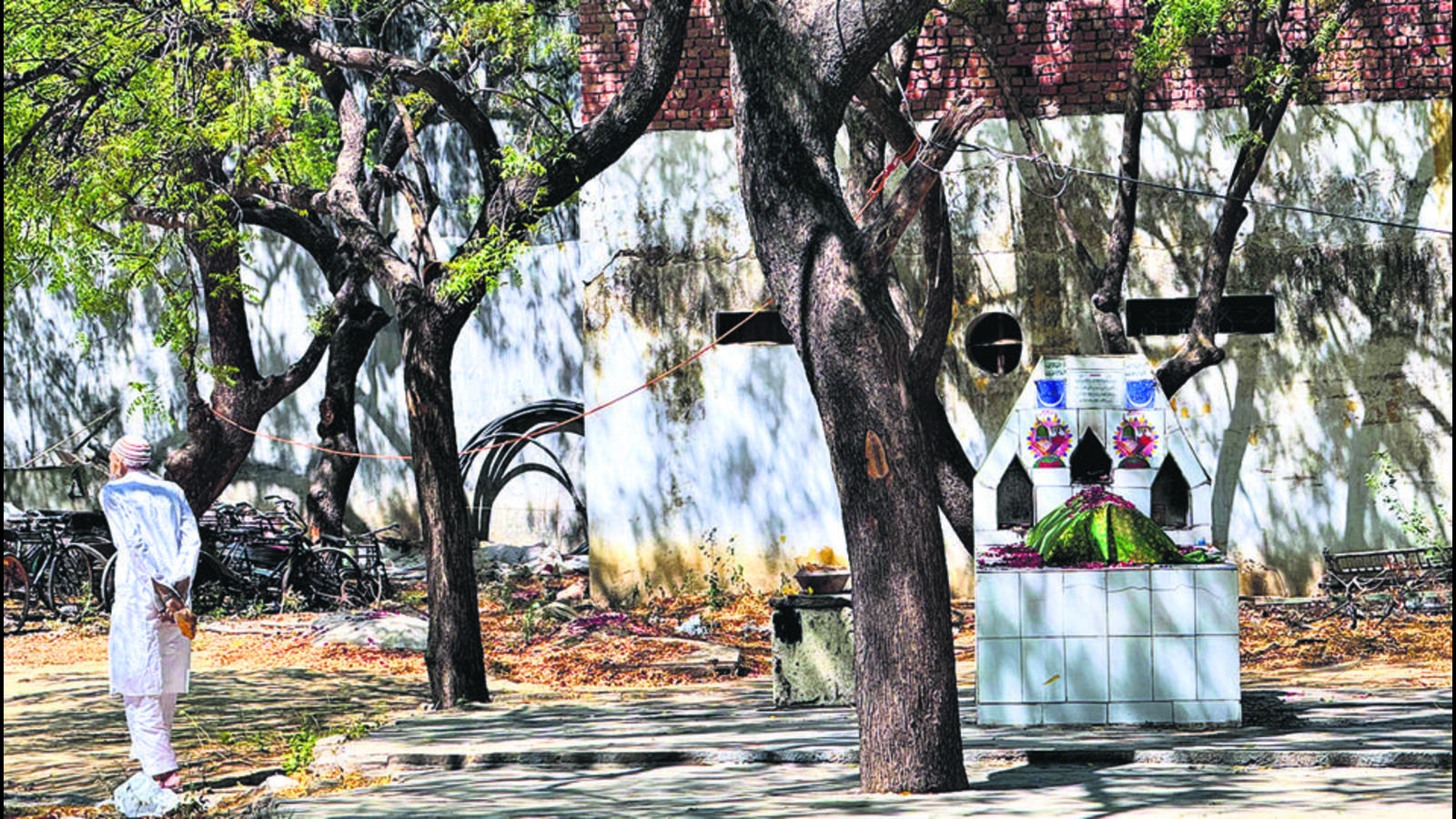Apr 02, 2025 06:32 AM IST
The Hijron ka Khanqah in Mehrauli is a Lodhi-era graveyard for transgender people, while a lesser-known graveyard exists in Ghaziabad, also linked to the community.
Believed to be a Lodhi-era graveyard, the Hijron ka Khanqah lies snuggled in a congested bazar in south Delhi’s historic enclave of Mehrauli. It certainly is not as famous as the nearby UNESCO World Heritage Site of Qutub Minar. It, however, enjoys a cult status among the city aesthetes who pride themselves in being intimate with Delhi’s lesser-known monuments. As the name makes it obvious, the old graveyard is identified with the transgender citizens. It comprises of an airy courtyard containing dozens of graves; the principal grave is worshipped as the shrine of “Peer Baba.”

But not even the all-knowing Google is aware of another graveyard linked to the transgender community. It is in a part of the megapolis not particularly associated with monuments — zila Ghaziabad. The graveyard stands on the Grand Trunk Road, close to a PWD inspection House. A road-facing signage at the entrance describes the graveyard as “Bonjha Qabristan, Hijron ka.” The painted signboard names “Babu urf (aka) Babli Guru Hijra” and “Sunita urf Kali Ghata Hijra” as the graveyard’s caretakers. An additional line suggests that the graveyard has been in the custody of transgenders for “peedi dar peedi (generations).”
This afternoon, the gate is ajar. No one is inside. The graveyard doesn’t seem to have as many graves as its Mehrauli’s cousin. A bunch of unmarked earthen graves are clustered beside a green bench, sprinkled over with fresh rose petals. A handful of resting places elsewhere are privileged with inscribed gravestones, but those structures are in an advanced state of dereliction. A few more unmarked graves, looking like wavelets, are partially buried under fallen neem leaves. A warm wind is lifting dust in the air, which is hitting one’s eyes and ears.
The grave that is the most prominent, and the only one to be well-maintained, is decked in white tiles. It stands on a tall platform, sheeted with a sacred green chaadar. Soon, an elderly man in white appears. He stands erect by the tiled grave. Speaking in a measured pace, he confirms that the graveyard belongs to transgender people, whom be refers with a colloquial slang. When “those people” die, he says, they are buried in this qabristan. Looking around, the man waves his arm, saying reverently —“all these graves are theirs.”
Turning back to the tiled grave, he describes it as the “qabar” of “Baba,” who, he says, “is the peer of this qabristan.” The man now walks away, slowly and silently—see photo.











